70+ Business analyst interview questions with model answers
75+ Business Analyst Interview Questions and Answers for 2025: The Complete Guide
Master your Business Analyst interview with this comprehensive guide featuring 75+ real interview questions, expert answers, and insider tips from hiring managers. Whether you're a fresher or experienced professional, this guide covers everything from technical skills to behavioral scenarios.
What to Expect in BA Interviews
Business Analyst interviews in 2025 focus on evaluating your ability to bridge technology and business objectives while demonstrating proficiency in data analysis, stakeholder management, and emerging technologies like AI and automation. This guide prepares you for every interview stage, from initial screening to final rounds.
Key Areas Assessed:
- Technical Proficiency: SQL, Python, data visualization tools
- Business Acumen: Strategic thinking, ROI analysis, market understanding
- Soft Skills: Communication, collaboration, problem-solving
- Domain Knowledge: Industry-specific expertise
- Adaptability: Agile methodologies, change management
Technical Skills Interview Questions {#technical-skills}
Data Analysis and SQL Questions
1. Q: "Write a SQL query to find the top 5 customers by revenue in the last quarter."
A:
SELECT
c.customer_id,
c.customer_name,
SUM(o.order_total) as total_revenue
FROM customers c
JOIN orders o ON c.customer_id = o.customer_id
WHERE o.order_date >= DATEADD(quarter, -1, GETDATE())
GROUP BY c.customer_id, c.customer_name
ORDER BY total_revenue DESC
LIMIT 5;
2. Q: "How would you handle missing data in a large dataset?"
A: "I approach missing data systematically:
- First, identify the pattern (random vs. systematic)
- Assess the percentage of missing values
- For <5% missing: Consider deletion
- For 5-20%: Use imputation techniques (mean/median for numerical, mode for categorical)
- For >20%: Investigate root cause, consider advanced methods like MICE or predictive modeling
- Document the approach for transparency
In a recent project, I handled 15% missing customer age data by using KNN imputation based on purchase patterns, maintaining data integrity while maximizing usable records."
3. Q: "Explain the difference between UNION and JOIN in SQL."
A: "JOIN combines columns from multiple tables horizontally based on related data:
- Returns columns from both tables
- Requires a relationship between tables
- Types: INNER, LEFT, RIGHT, FULL OUTER
UNION combines rows from multiple queries vertically:
- Returns rows with same column structure
- Removes duplicates (UNION ALL keeps duplicates)
- Requires same number and type of columns
Example: JOIN links customer and order tables; UNION combines Q1 and Q2 sales results."
Python and Data Visualization
4. Q: "How do you use Python for business analysis?"
A: "I leverage Python for:
- Data Cleaning: pandas for handling large datasets, removing duplicates, standardizing formats
- Analysis: NumPy for calculations, scipy for statistical testing
- Visualization: matplotlib and seaborn for insights, plotly for interactive dashboards
- Automation: Automating repetitive reports, ETL processes
- Predictive Analytics: scikit-learn for customer segmentation, churn prediction
Example: I built a Python script that automated monthly sales analysis, reducing report generation from 8 hours to 30 minutes."
5. Q: "What's your approach to creating effective data visualizations?"
A: "I follow these principles:
- Know the audience: Technical vs. executive stakeholders
- Choose right chart type: Bar for comparisons, line for trends, scatter for correlations
- Simplify: Remove chart junk, use clear labels
- Tell a story: Guide viewers to key insights
- Make it actionable: Include recommendations
For executive dashboards, I use Power BI with KPI cards and trend lines. For detailed analysis, I create interactive Tableau dashboards allowing drill-down capabilities."
Advanced Analytics and Tools
6. Q: "Describe your experience with predictive analytics in business context."
A: "I've implemented predictive models for:
- Customer Churn: Used logistic regression achieving 85% accuracy, identified key indicators like usage patterns and support tickets
- Sales Forecasting: Applied time series analysis (ARIMA) considering seasonality, improved accuracy by 30%
- Inventory Optimization: Built demand prediction model reducing stockouts by 25%
Process: Define business problem → Gather/clean data → Feature engineering → Model selection → Validation → Implementation → Monitor performance"
Problem-Solving and Analytical Questions {#problem-solving}
Analytical Thinking
7. Q: "A client's sales dropped 20% last quarter. How would you investigate?"
A: "I'd follow a structured approach:
- Validate the data: Confirm the 20% drop, check for data errors
-
Segment analysis:
- By product line: Which products declined?
- By region: Geographic patterns?
- By customer segment: New vs. existing customers
- By time: When did decline start?
-
Internal factors:
- Pricing changes
- Product quality issues
- Stock availability
- Sales team changes
-
External factors:
- Competitor actions
- Market trends
- Economic conditions
- Seasonal factors
- Root cause analysis: Use fishbone diagram
- Recommendations: Data-driven action plan with priorities"
8. Q: "How do you prioritize multiple urgent requests from different stakeholders?"
A: "I use a systematic framework:
-
Impact-Effort Matrix: Plot requests on 2x2 grid
- High Impact, Low Effort: Do first
- High Impact, High Effort: Schedule strategically
- Low Impact, Low Effort: Quick wins
- Low Impact, High Effort: Defer/decline
-
Consider factors:
- Business value/ROI
- Regulatory requirements
- Dependencies
- Resource availability
- Strategic alignment
- Communicate transparently: Share prioritization logic with stakeholders
- Regular reviews: Adjust as priorities shift
Example: When three departments requested urgent analyses, I created a shared priority matrix, gaining buy-in for focusing on the revenue-impacting project first."
Critical Thinking Scenarios
9. Q: "You discover your analysis contradicts the CEO's hypothesis. How do you handle this?"
A: "I approach this delicately but firmly:
- Triple-check analysis: Verify data sources, calculations, assumptions
- Seek peer review: Have colleague validate findings
-
Prepare thoroughly:
- Document methodology clearly
- Anticipate questions
- Prepare alternative explanations
-
Present strategically:
- Start with methodology
- Show data objectively
- Acknowledge CEO's perspective
- Present findings as 'data suggests' not 'you're wrong'
- Offer next steps: Additional analysis or alternative approaches
In a similar situation, I presented findings that challenged expansion plans. By focusing on data integrity and offering alternative strategies, we pivoted to a more profitable approach."
10. Q: "How do you ensure your analysis isn't biased?"
A: "I implement several safeguards:
- Diverse data sources: Avoid single-source dependency
- Question assumptions: List and validate all assumptions
- Seek contrarian views: Actively look for disconfirming evidence
- Peer review: Fresh eyes catch blind spots
- Statistical validation: Use appropriate tests, check significance
- Document everything: Transparent methodology
- Consider context: Understand data limitations
Example: Analyzing customer satisfaction, I initially focused on survey responses. Realizing potential response bias, I triangulated with support tickets and churn data for a complete picture."
Communication and Stakeholder Management {#communication}
Stakeholder Communication
11. Q: "How do you explain technical concepts to non-technical executives?"
A: "I use the SIMPLE framework:
- Simplify: Remove jargon, use everyday language
- Illustrate: Use analogies and visuals
- Make it relevant: Connect to business outcomes
- Provide examples: Real-world scenarios
- Listen actively: Ensure understanding
- Engage: Encourage questions
Example: Explaining machine learning to executives, I compared it to teaching a child to recognize animals - showing many examples until they learn patterns. Then connected it to customer behavior prediction and revenue impact."
12. Q: "Describe a time you had to deliver bad news to stakeholders."
A: "During a system implementation project, testing revealed significant performance issues requiring 3-month delay and 40% budget increase.
Approach:
- Prepared thoroughly: Documented issues, impact, options
- Scheduled proper forum: Face-to-face meeting, not email
- Led with facts: Data on performance metrics
- Owned the situation: No blame-shifting
- Presented solutions: Three options with trade-offs
- Focused on future: Mitigation strategies
Result: Stakeholders appreciated transparency, approved modified timeline with phased approach, maintaining trust despite setback."
Collaboration and Conflict Resolution
13. Q: "How do you handle conflicting requirements from different departments?"
A: "I follow a structured mediation approach:
- Document all requirements: Create detailed matrix
- Identify conflicts: Highlight incompatibilities
- Understand motivations: Why each requirement exists
- Find common ground: Shared objectives
- Facilitate workshop: Bring parties together
- Use data: Support decisions with analysis
- Propose compromises: Win-win solutions
- Document agreements: Clear action items
Example: Sales wanted real-time inventory updates while IT cited performance concerns. I proposed near-real-time(15-minute intervals) solution with critical item exceptions, satisfying both parties."
14. Q: "How do you build relationships with difficult stakeholders?"
A: "My approach focuses on understanding and value:
- Listen first: Understand their challenges and priorities
- Find quick wins: Deliver immediate value
- Be reliable: Consistent communication and delivery
- Speak their language: Adapt communication style
- Show expertise: Demonstrate competence without arrogance
- Be proactive: Anticipate needs
- Stay professional: Even under pressure
Turned around relationship with skeptical operations manager by shadowing their team for a day, understanding pain points, and delivering analysis that saved 10 hours weekly."
Business Process and Strategy Questions {#business-process}
Process Improvement
15. Q: "How do you approach business process optimization?"
A: "I use a systematic methodology:
-
Current State Mapping:
- Document AS-IS process
- Identify stakeholders
- Measure KPIs (time, cost, quality)
- Gather pain points
-
Analysis:
- Value stream mapping
- Identify bottlenecks
- Calculate process efficiency
- Benchmark against best practices
-
Design TO-BE State:
- Eliminate non-value activities
- Automate where possible
- Simplify handoffs
- Build in quality checks
-
Implementation:
- Pilot approach
- Change management plan
- Training programs
- Monitor adoption
-
Continuous Improvement:
- Regular reviews
- Feedback loops
- Iterative refinements
Reduced order processing time by 60% using this approach, from 3 days to 1 day."
16. Q: "What's your experience with process automation?"
A: "I've led multiple automation initiatives:
RPA Implementation:
- Automated invoice processing using UiPath
- Reduced processing time 80%, errors 95%
- ROI achieved in 4 months
Workflow Automation:
- Designed approval workflows in SharePoint
- Eliminated email chains, improved visibility
- Saved 20 hours/week across teams
Data Pipeline Automation:
- Built Python scripts for ETL processes
- Automated daily reports generation
- Freed analysts for strategic work
Key lessons: Start small, prove value, scale gradually. Always consider change management."
Strategic Analysis
17. Q: "How do you conduct competitive analysis?"
A: "Comprehensive framework approach:
-
Identify Competitors:
- Direct competitors
- Indirect competitors
- Potential entrants
-
Data Collection:
- Public sources: Reports, websites, news
- Customer feedback
- Mystery shopping
- Industry reports
-
Analysis Dimensions:
- Products/services comparison
- Pricing strategies
- Market positioning
- Customer segments
- Strengths/weaknesses
- Financial performance
-
Frameworks Applied:
- Porter's Five Forces
- SWOT analysis
- Competitive positioning map
-
Actionable Insights:
- Competitive advantages
- Market gaps
- Threat assessment
- Strategic recommendations
Created quarterly competitive intelligence reports leading to new product features capturing 15% market share."
18. Q: "How do you measure and communicate ROI for projects?"
A: "I use comprehensive ROI framework:
Financial Metrics:
- Direct cost savings
- Revenue increase
- Productivity gains
- Cost avoidance
Calculation:
ROI = (Gain from Investment - Cost of Investment) / Cost of Investment × 100
Include All Costs:
- Development/implementation
- Training
- Maintenance
- Opportunity cost
Timeline Consideration:
- Payback period
- NPV for long-term projects
- Break-even analysis
Non-Financial Benefits:
- Customer satisfaction
- Employee morale
- Risk reduction
- Competitive advantage
Communication:
- Executive dashboard with key metrics
- Detailed analysis for finance
- Success stories for stakeholders
- Regular updates on actuals vs. projected
Example: CRM implementation showed 250% ROI over 2 years, communicated through monthly dashboards tracking sales efficiency improvements."
Agile and Project Management Questions {#agile}
Agile Methodology
19. Q: "How do you function as a BA in Agile environment?"
A: "My role adapts to Agile principles:
Sprint Activities:
- Sprint Planning: Define user stories, acceptance criteria
- Daily Standups: Remove impediments, clarify requirements
- Sprint Review: Gather feedback, validate delivery
- Retrospectives: Improve processes
Key Responsibilities:
- Maintain product backlog with Product Owner
- Write detailed user stories: As a [user], I want [feature], so that [benefit]
- Create acceptance criteria using Given-When-Then format
- Facilitate stakeholder communication
- Ensure definition of ready/done
Tools Used:
- JIRA for backlog management
- Confluence for documentation
- Miro for collaborative sessions
- Slack for quick clarifications
Challenges Addressed:
- Balanced documentation needs with Agile principles
- Managed changing requirements through backlog prioritization
- Ensured business value delivery each sprint"
20. Q: "How do you handle scope creep in Agile projects?"
A: "I manage scope through Agile frameworks:
- Clear Definition of Done: Establish upfront with team
- Strong Product Backlog: All requests go through backlog
- Sprint Protection: Once sprint starts, scope is locked
-
Change Process:
- New requests → Product Backlog
- Prioritization discussion
- Trade-off conversations
- Impact analysis
- Stakeholder Education: Explain Agile principles
- Regular Reviews: Show progress, manage expectations
- Documentation: Track all changes and decisions
Example: When stakeholder requested mid-sprint addition, I demonstrated impact on committed stories, facilitating trade-off discussion. Request was added to next sprint with adjusted priorities."
Project Management
21. Q: "Describe your approach to risk management."
A: "Proactive risk management framework:
-
Risk Identification:
- Brainstorming sessions
- Historical project analysis
- SWOT analysis
- Stakeholder interviews
-
Risk Assessment:
- Probability × Impact matrix
- Categorize: High/Medium/Low
- Quantify potential impact
-
Risk Response Planning:
- Avoid: Eliminate risk source
- Mitigate: Reduce probability/impact
- Transfer: Insurance/outsourcing
- Accept: For low-impact risks
-
Documentation:
- Risk register with owners
- Mitigation strategies
- Trigger indicators
-
Monitoring:
- Regular risk reviews
- Update assessments
- Track mitigation effectiveness
Prevented project failure by identifying integration risk early, implementing phased approach reducing potential 2-month delay to 1-week adjustment."
Industry-Specific Questions {#industry-specific}
Finance/Banking
22. Q: "How would you analyze customer churn in retail banking?"
A: "Multi-dimensional analysis approach:
Data Points:
- Transaction frequency/volume trends
- Product usage patterns
- Channel preferences changes
- Customer service interactions
- Competitor product inquiries
Analysis Methods:
- Cohort analysis by customer segment
-
Predictive modeling using:
- Logistic regression
- Random forest
- Feature importance ranking
- Survival analysis for time-to-churn
Key Indicators Found:
- Decreased login frequency (−60% = high risk)
- Reduced auto-payments
- Account balance trends
- Service complaint patterns
Action Plan:
- Early warning system
- Targeted retention campaigns
- Personalized offers
- Proactive service outreach
Reduced churn 25% by identifying at-risk customers 90 days before typical churn event."
Healthcare
23. Q: "How do you ensure HIPAA compliance in healthcare analytics?"
A: "Comprehensive compliance approach:
Data Handling:
- PHI identification and classification
-
De-identification techniques:
- Safe Harbor method
- Expert determination
- Minimum necessary principle
Technical Safeguards:
- Encryption at rest and in transit
- Access controls with role-based permissions
- Audit logging all data access
- Secure data environments
Process Controls:
- Business Associate Agreements (BAAs)
- Regular security assessments
- Employee training programs
- Incident response procedures
Analytics Practices:
- Aggregate reporting where possible
- Synthetic data for development
- Privacy-preserving techniques
- Secure visualization platforms
Implemented analytics platform processing 1M+ patient records while maintaining 100% HIPAA compliance, zero violations in 3 years."
E-commerce/Retail
24. Q: "How would you optimize conversion rates for an e-commerce platform?"
A: "Data-driven optimization approach:
Analysis Framework:
-
Funnel Analysis:
- Identify drop-off points
- Device-specific behaviors
- Customer segment patterns
-
A/B Testing Program:
- Page layouts
- CTA buttons
- Checkout process
- Product recommendations
-
Customer Journey Mapping:
- Multi-touch attribution
- Cross-device tracking
- Session replay analysis
-
Key Metrics Tracked:
- Cart abandonment rate
- Page load times
- Search effectiveness
- Mobile vs. desktop conversion
Improvements Implemented:
- Simplified checkout: 3 steps to 1
- Personalized product recommendations
- Optimized mobile experience
- Exit-intent popups with offers
Results: Increased conversion rate from 2.3% to 3.8%, generating $2M additional revenue annually."
Behavioral and Situational Questions {#behavioral}
Leadership and Initiative
25. Q: "Tell me about a time you led a project without formal authority."
A: "Situation: Cross-functional data quality improvement initiative with no formal project structure.
Task: Improve data accuracy from 75% to 95% across systems.
Actions:
- Built coalition: Identified champions in each department
- Created burning platform: Quantified $500K monthly impact
- Established governance: Weekly touchpoints, clear accountability
- Communicated wins: Celebrated incremental improvements
- Provided tools: Templates, dashboards, training
Result: Achieved 94% accuracy in 6 months through influence and collaboration, became model for future initiatives."
26. Q: "Describe your biggest professional failure and lessons learned."
A: "Failed ERP implementation analysis where I underestimated change management needs.
What Went Wrong:
- Focused too heavily on technical requirements
- Insufficient end-user involvement
- Underestimated training needs
- Poor communication plan
Lessons Learned:
- People > Process > Technology
- Early, frequent stakeholder engagement
- Change readiness assessment crucial
- Over-communicate always
- Build adoption metrics upfront
Applied Learning: Next implementation included comprehensive change management, achieving 90% adoption in 3 months vs. 6-month struggle previously."
Problem-Solving Under Pressure
27. Q: "How do you handle unrealistic deadlines?"
A: "Strategic approach to deadline management:
-
Assess Feasibility:
- Break down requirements
- Estimate realistically
- Identify constraints
-
Communicate Early:
- Present data-driven timeline
- Show trade-offs clearly
- Propose alternatives
-
Negotiate Smartly:
- MVP approach
- Phased delivery
- Resource augmentation
- Scope adjustment
-
If Deadline Firm:
- Prioritize ruthlessly
- Automate where possible
- Leverage team strengths
- Work efficiently, not longer
Example: 2-week analysis request needing 4 weeks. Proposed delivering critical insights in 2 weeks, comprehensiveanalysis following week. Stakeholder agreed, appreciating transparency."
Questions for Different Experience Levels {#experience-levels}
Entry-Level/Fresher Questions
28. Q: "Why do you want to become a Business Analyst?"
A: "I'm drawn to the BA role because it combines my analytical mindset with business impact:
- Problem-solving: Enjoy unraveling complex challenges
- Bridge role: Connect technology with business needs
- Continuous learning: Every project brings new domains
- Tangible impact: See improvements implemented
During my internship, I analyzed customer feedback data, identifying patterns that led to product improvements. Seeing data drive real change confirmed this career path. I've prepared through SQL courses, Agile certification, and case study practice."
29. Q: "How do you stay updated with BA trends and tools?"
A: "Multi-channel learning approach:
- Online Learning: Coursera (Google Data Analytics Certificate), LinkedIn Learning
- Communities: IIBA membership, Reddit r/businessanalysis
- Blogs/Podcasts: BA Times, Modern Analyst
- Practice: Personal projects using public datasets
- Networking: Local BA meetups, LinkedIn groups
Currently learning Python for data analysis and exploring AI's impact on BA role."
Senior-Level Questions
30. Q: "How do you mentor junior analysts?"
A: "Structured mentorship approach:
Formal Elements:
- Weekly 1:1s with agenda
- Quarterly development goals
- Skill assessment matrix
- Resource recommendations
Practical Learning:
- Shadowing on complex projects
- Gradual responsibility increase
- Safe environment for mistakes
- Code/analysis reviews
Soft Skills Development:
- Presentation opportunities
- Stakeholder interaction prep
- Business acumen building
- Career path discussions
Mentored 5 junior analysts, 3 promoted within 18 months. Created BA playbook now used department-wide."
31. Q: "How do you drive strategic initiatives as a Senior BA?"
A: "Strategic influence through:
Proactive Analysis:
- Market trend monitoring
- Competitive intelligence
- Process mining for opportunities
- Cost-benefit modeling
Stakeholder Partnership:
- Regular executive briefings
- Business case development
- Strategic planning participation
- Cross-functional collaboration
Innovation Leadership:
- POC development
- Technology evaluation
- Best practice implementation
- Knowledge sharing sessions
Example: Identified $3M revenue opportunity through customer data analysis, led initiative from concept to implementation, delivering 15% revenue growth."
Frequently asked questions
What is the average salary for a Business Analyst in 2025?
Business Analyst salaries in 2025 vary by experience and location:
- Entry Level (0-2 years): $65,000-$85,000
- Mid-Level (3-5 years): $85,000-$110,000
- Senior Level (5+ years): $110,000-$140,000
- Lead/Principal BA: $140,000-$170,000+
Factors affecting salary: Location (SF/NYC +20-30%), industry (Finance/Tech higher), technical skills (Python/ML +15-20%), certifications (CBAP, PMI-PBA).
What technical skills are most important for Business Analysts in 2025?
Essential technical skills ranked by importance:
- SQL: Advanced querying, optimization
- Excel: Pivot tables, VBA, Power Query
- Data Visualization: Tableau, Power BI
- Python/R: Basic scripting, data manipulation
- Cloud Platforms: AWS, Azure basics
- API Understanding: RESTful services
- Version Control: Git fundamentals
- AI/ML Basics: Understanding capabilities and limitations
How do I prepare for a Business Analyst case study interview?
Case study preparation strategy:
- Practice frameworks: SWOT, Porter's Five Forces, MECE
- Structure approach: Problem → Data → Analysis → Recommendations
- Time management: Allocate time for each section
- Ask clarifying questions: Show thoroughness
- Think aloud: Demonstrate thought process
- Use visuals: Sketch diagrams/charts
- Quantify impact: Always include numbers
- Consider constraints: Budget, timeline, resources
- Provide alternatives: Show flexible thinking
- Practice cases: Use CaseCoach, PrepLounge
What certifications should Business Analysts pursue?
Top BA certifications by career stage:
Entry Level:
- ECBA (Entry Certificate in Business Analysis)
- Google Data Analytics Certificate
- Microsoft Power BI Certification
Mid-Level:
- CCBA (Certification of Capability in BA)
- PMI-PBA (Professional in Business Analysis)
- Agile Analysis Certification (AAC)
Senior Level:
- CBAP (Certified Business Analysis Professional)
- Domain-specific certifications
- Advanced analytics certifications
How is AI changing the Business Analyst role?
AI's impact on BA role in 2025:
Enhanced Capabilities:
- Automated data cleaning and preprocessing
- Predictive analytics accessibility
- Natural language querying
- Automated insight generation
New Responsibilities:
- AI solution evaluation
- Ethical AI considerations
- Model interpretation for stakeholders
- Human-AI collaboration design
Skills Evolution:
- Understanding AI/ML concepts
- Prompt engineering
- AI tool selection
- Bias detection and mitigation
Career Impact: AI augments rather than replaces BAs, increasing focus on strategic thinking, stakeholder management, and complex problem-solving.
What's the difference between a Business Analyst and Data Analyst?
Key distinctions:
Business Analyst:
- Focus: Business processes and requirements
- Stakeholders: All levels of organization
- Deliverables: Requirements documents, process maps
- Tools: BPMN, requirements management, basic analytics
- Goal: Bridge business and IT
Data Analyst:
- Focus: Data patterns and insights
- Stakeholders: Often technical teams
- Deliverables: Reports, dashboards, statistical analyses
- Tools: SQL, Python/R, statistical software
- Goal: Extract insights from data
Overlap: Both use data, both inform decisions, skills increasingly converging in modern organizations.
How do I transition from another role to Business Analyst?
Transition strategies by background:
From Technical Roles:
- Develop business acumen
- Practice stakeholder communication
- Learn business frameworks
- Volunteer for client-facing work
From Business Roles:
- Build technical skills (SQL, Excel)
- Learn data analysis
- Understand systems thinking
- Get comfortable with data
Universal Steps:
- Identify transferable skills
- Fill skill gaps through courses
- Work on BA-type projects in current role
- Network with BAs
- Consider contract/junior position
- Highlight relevant experience in resume
What are the biggest challenges Business Analysts face?
Common challenges and solutions:
-
Unclear Requirements
- Solution: Structured elicitation techniques, prototyping
-
Stakeholder Conflicts
- Solution: Facilitation skills, data-driven decisions
-
Scope Creep
- Solution: Strong change management, clear documentation
-
Technical-Business Gap
- Solution: Continuous learning, translation skills
-
Data Quality Issues
- Solution: Data governance, quality frameworks
-
Resistance to Change
- Solution: Change management, early involvement
-
Time Constraints
- Solution: Prioritization, agile approaches
Final Interview Tips {#final-tips}
Before the Interview
- Research thoroughly: Company, industry, recent news
- Prepare STAR stories: 10-15 scenarios ready
- Technical prep: Review SQL, practice whiteboarding
- Mock interviews: Practice with peers or mentors
- Prepare questions: Show genuine interest
During the Interview
- Structure answers: Clear beginning, middle, end
- Be specific: Use numbers and real examples
- Show process: Explain how you think
- Ask clarifying questions: Don't assume
- Stay calm: Take time to think before answering
After the Interview
- Send thank you: Within 24 hours
- Follow up: If no response within timeline
- Reflect: What went well, what to improve
- Continue preparation: For next rounds
- Stay professional: Even if rejected
Red Flags to Avoid
- Criticizing previous employers
- Being too theoretical without examples
- Showing inflexibility
- Lack of questions about the role
- Overconfidence or underconfidence
Key Differentiators
- Demonstrating business impact of your work
- Showing continuous learning mindset
- Balancing technical and soft skills
- Industry-specific knowledge
- Genuine enthusiasm for problem-solving
Remember: The best Business Analysts combine technical expertise with business acumen and exceptional communication skills. Use this guide to prepare thoroughly, but let your authentic problem-solving abilities and passion for the role shine through. Good luck with your interview!
Related Interview Resources
Interview Preparation:
- Managerial Round Interview Questions
- Strategic Interview Questions to Ask Candidates
- Why Should We Hire You?
Industry-Specific Guides:
Career Development:
Interview Questions? Answers.
Interview questions and model answers
- Accounting Interview questions and answers
- Accounts receivable interview questions
- Accounts payable interview questions
- ESG Interview questions
- Forensic accountant interview questions
- Financial controller interview questions
- GST interview questions
- IFRS interview questions and answers
- IFRS 15 interview questions and answers
- IFRS 17 Interview Questions and answers
- IFRS 9 Interview Questions and Answers
- IFRS 16 Interview Questions and answers
- Managerial round interview questions and answers
- Blockchain interview questions for finance professionals
What should I wear to an interview?
It's important to dress professionally for an interview. This usually means wearing a suit or dress pants and a button-down shirt for men, and a suit or a dress for women. Avoid wearing too much perfume or cologne, and make sure your clothes are clean and well-maintained.
How early should I arrive for the interview?
It's best to arrive at least 15 minutes early for the interview. This allows you time to gather your thoughts and compose yourself before the interview begins. Arriving too early can also be disruptive, so it's best to arrive at the designated time or a few minutes early.
"What should I bring to an interview?"
It's a good idea to bring a few key items to an interview to help you prepare and make a good impression. These might include:
- A copy of your resume and any other relevant documents, such as references or writing samples.
- A portfolio or sample of your work, if applicable.
- A list of questions to ask the interviewer.
- A notebook and pen to take notes.
- Directions to the interview location and contact information for the interviewer, in case you get lost or there is a delay.
Is it okay to bring a friend or family member to the interview?
t's generally not appropriate to bring a friend or family member to an interview, unless they have been specifically invited or are necessary for accommodation purposes.
What should I do if I'm running late for an interview?"
If you are running late for an interview, it's important to let the interviewer know as soon as possible. You can try calling or emailing to let them know that you are running behind and to give an estimated arrival time.
If possible, try to give them a good reason for the delay, such as unexpected traffic or a last-minute change in your schedule. It's also a good idea to apologize for the inconvenience and to thank them for their understanding.
How should I address the interviewer?
- It's generally a good idea to address the interviewer by their professional title and last name, unless they specify otherwise. For example, you could say "Mr./Ms. Smith" or "Dr. Jones."
Is it okay to ask about the company's culture or benefits during the interview?
Yes, it's perfectly acceptable to ask about the company's culture and benefits during the interview. In fact, it's often a good idea to ask about these things to get a better sense of whether the company is a good fit for you. Just make sure to keep the focus on the interview and not get too far off track.
"What should I do if I don't know the answer to a question?"
It's okay to admit that you don't know the answer to a question. You can try to respond by saying something like: "I'm not sure about that specific answer, but I am familiar with the general topic and would be happy to do some research and get back to you with more information."
Alternatively, you can try to answer the question by using your own experiences or knowledge to provide context or a related example.
"Is it okay to ask about salary and benefits in an interview?"
It's generally best to wait until you have received a job offer before discussing salary and benefits.
If the interviewer brings up the topic, you can respond by saying something like: "I'm open to discussing salary and benefits once we have established that we are a good fit for each other. Can you tell me more about the overall compensation package for this position?"
"What should I do if I'm asked a illegal question?"
It's important to remember that employers are not allowed to ask questions that discriminate on the basis of race, religion, national origin, age, disability, sexual orientation, or other protected characteristics. If you are asked an illegal question, you can try to redirect the conversation back to your qualifications and skills for the job.
For example, you might say something like: "I'm not comfortable answering that question, but I am excited to talk more about my skills and experiences that make me a strong fit for this position."
"What should I do if I'm asked a question that I don't understand?"
It's okay to admit that you don't understand a question and to ask for clarification. You can try saying something like: "I'm sorry, I'm not sure I fully understand the question. Could you please clarify or provide some more context?"
How should I end the interview?
At the end of the interview, thank the interviewer for their time and express your interest in the position. You can also ask about the next steps in the hiring process and when you can expect to hear back. Finally, shake the interviewer's hand and make sure to follow up with a thank-you note or email after the interview.
Popular interview questions
- Mutual fund interview questions
- Best buy interview questions
- Aged care interview questions
- Interview outfits for women
- Business analyst interview questions
- Thank you email after interview
- questions to ask at end of interview
- Concentric advisors interview questions
- CA articleship interview questions
- Exit interview questions
- AML KYC interview questions
- Accounts payable interview questions
- Accounts receivable
- GST questions
- ESG questions
- IFRS interview
- Financial controller
- Mern stack
- Tally interview
- Terraform interview
- questions asked at interview for teaching assistant


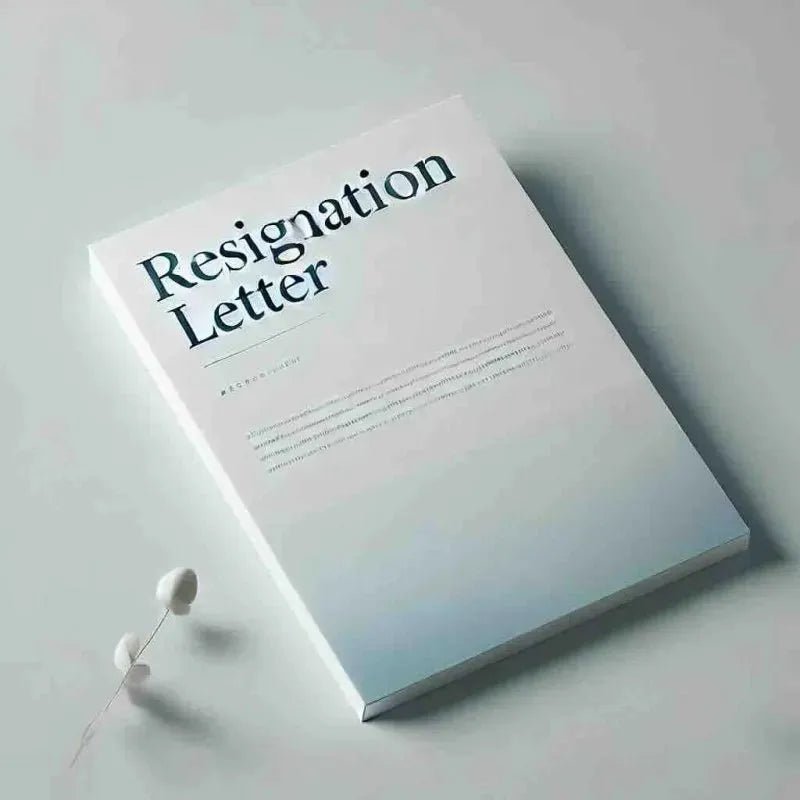

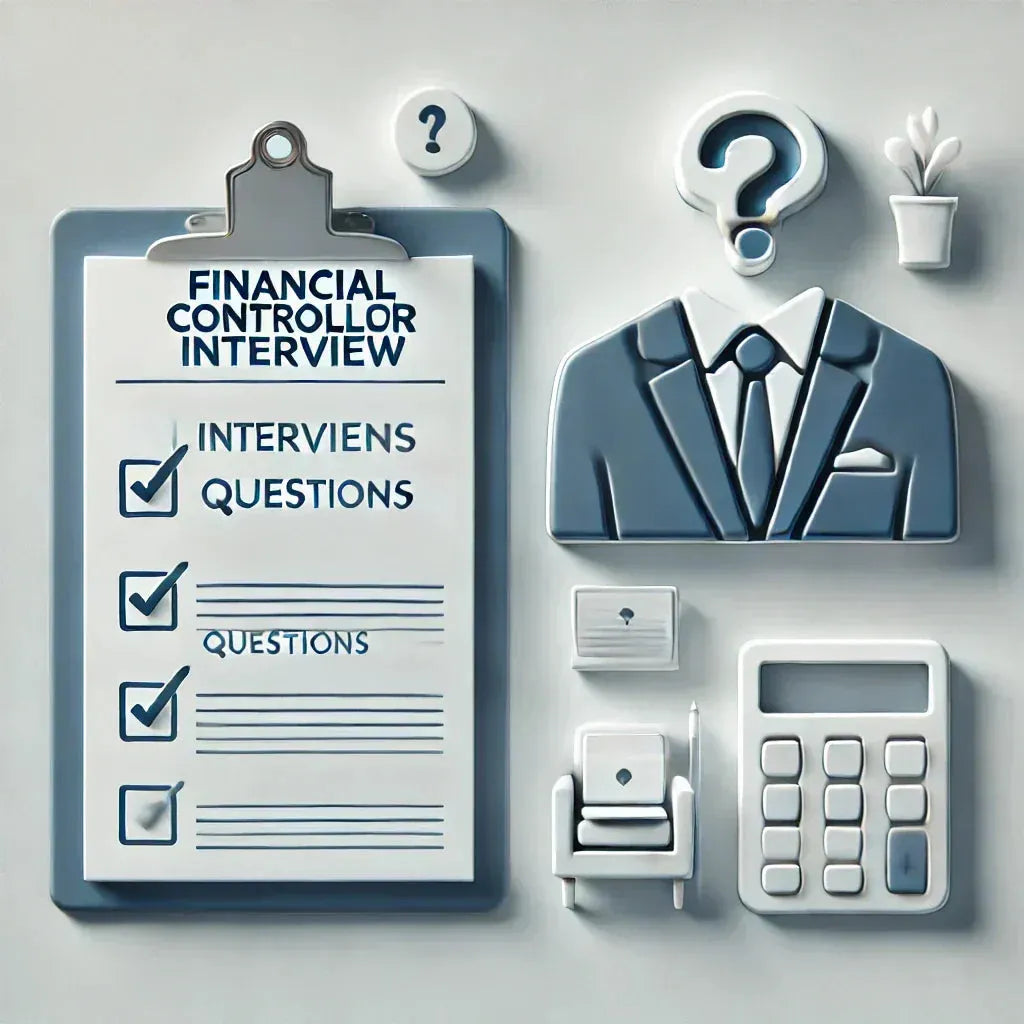
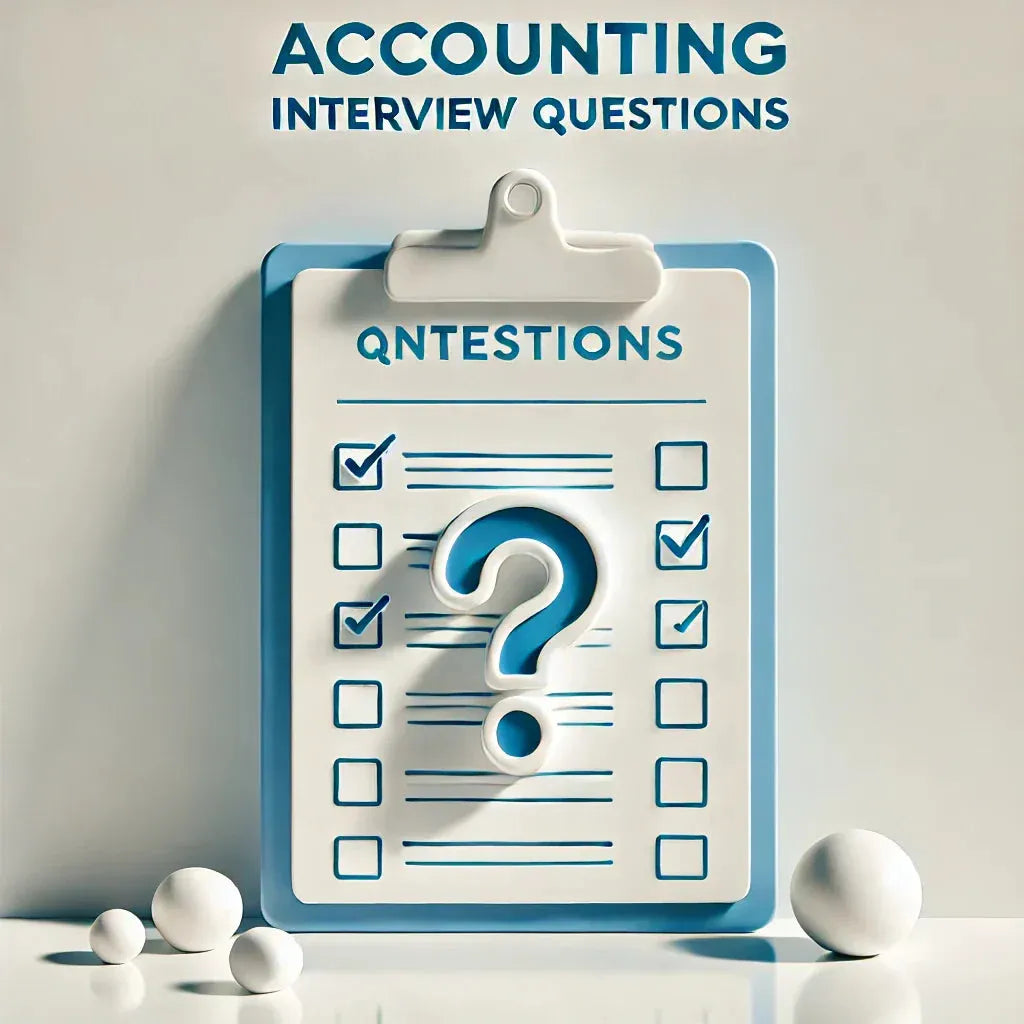

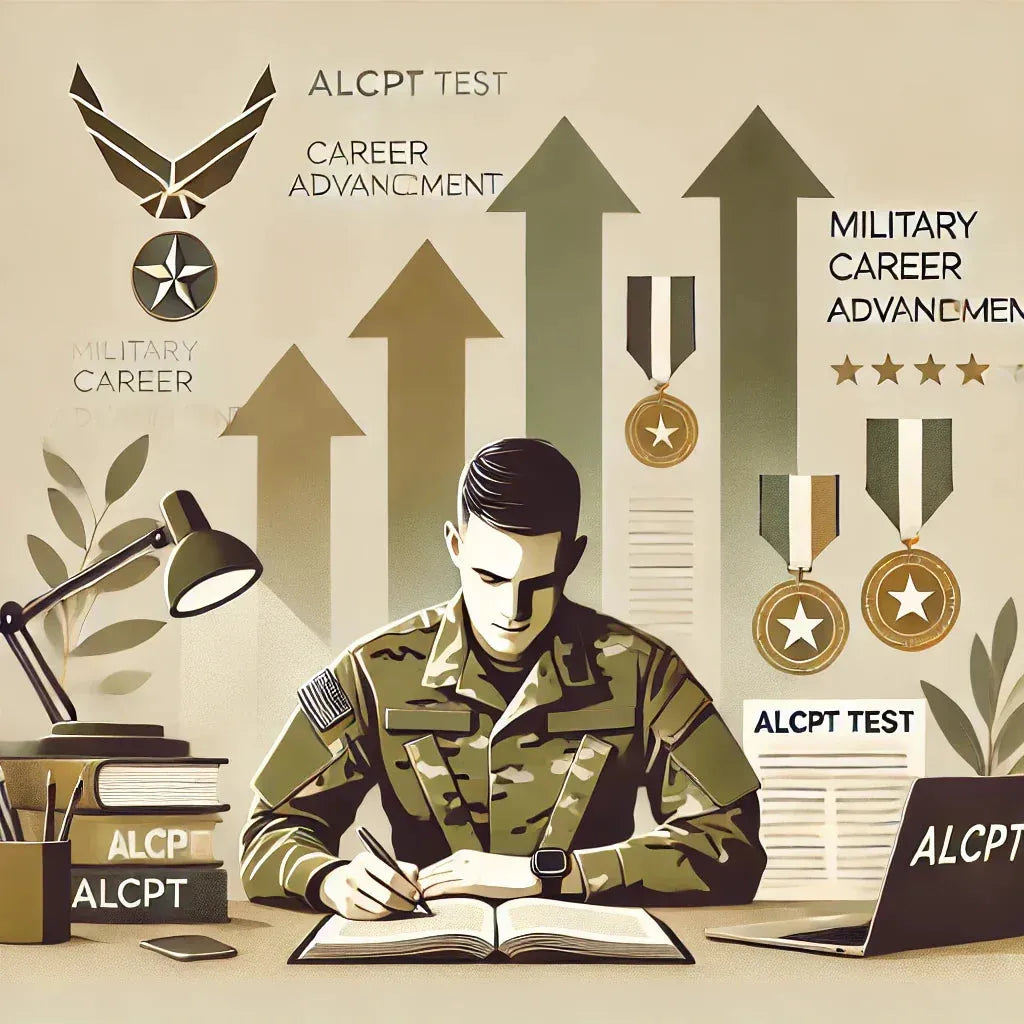
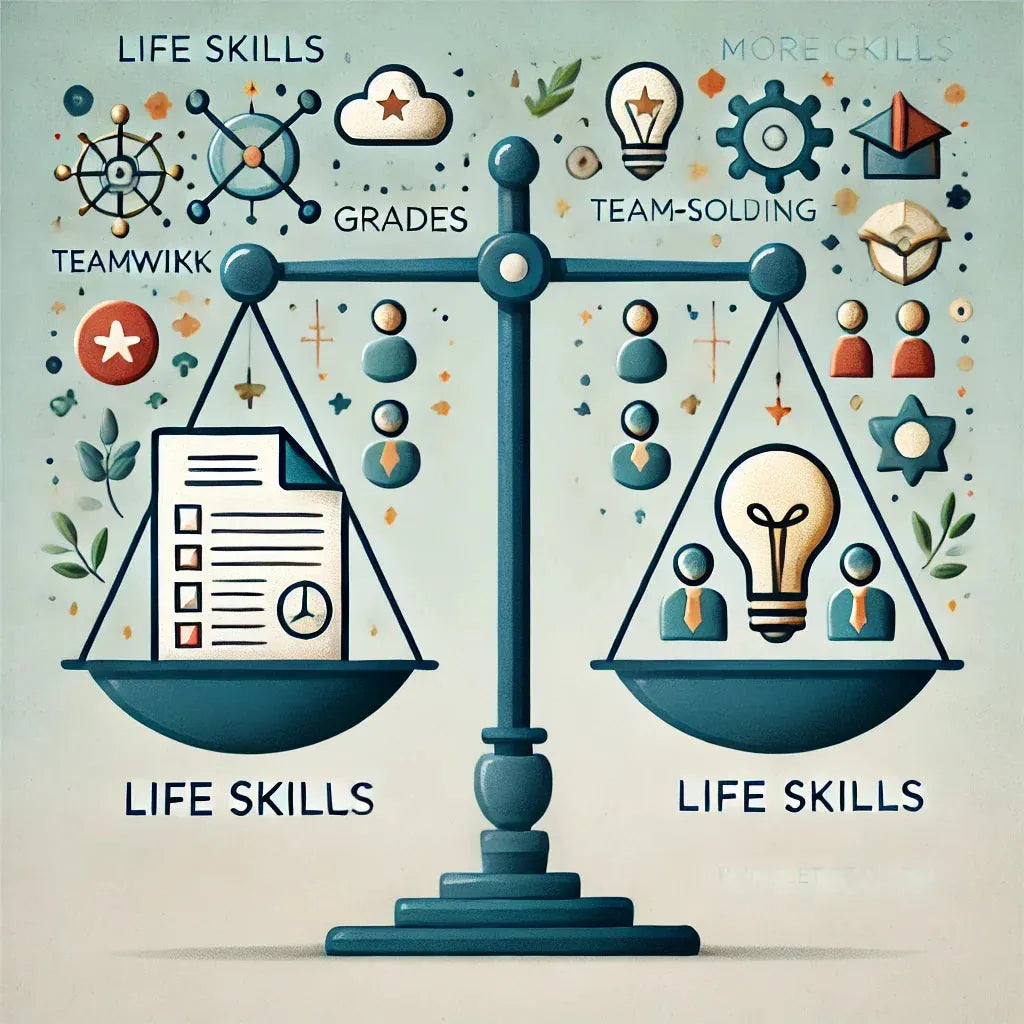
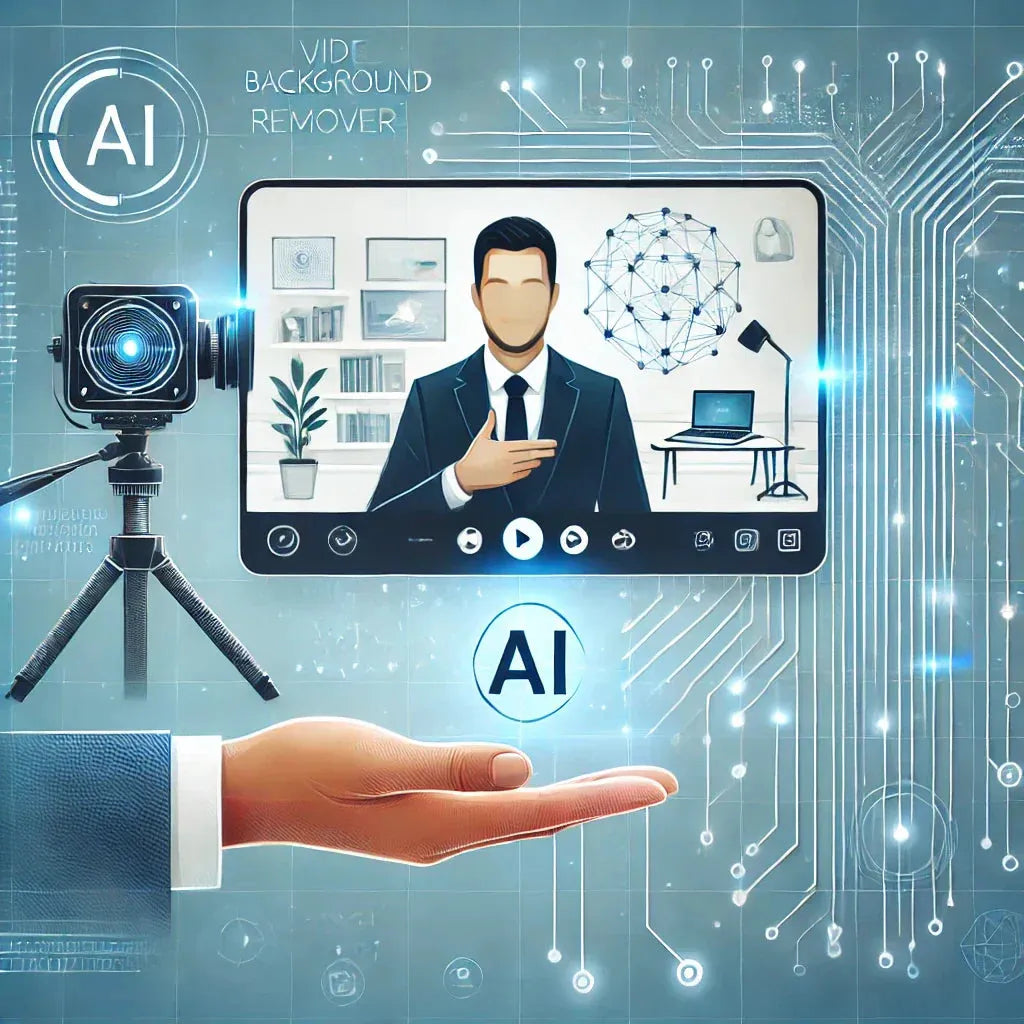
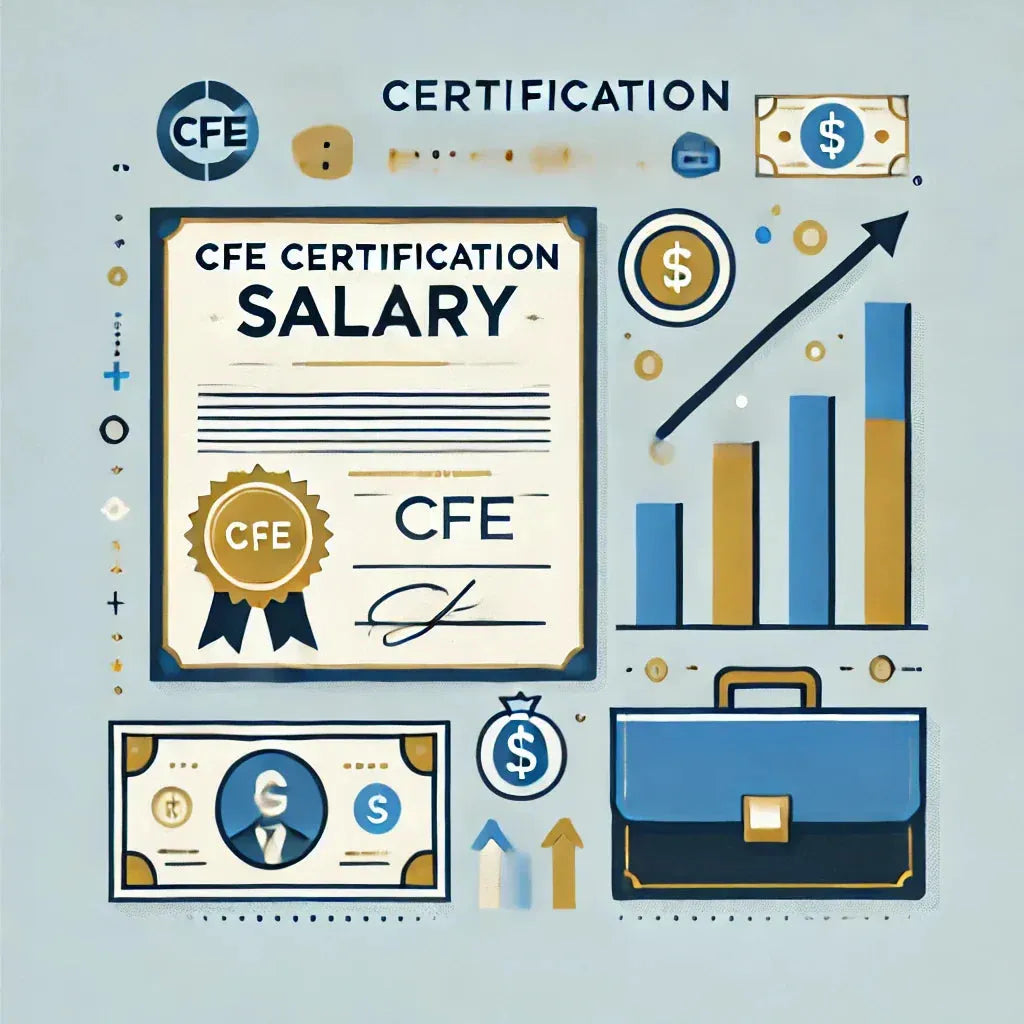
Leave a comment